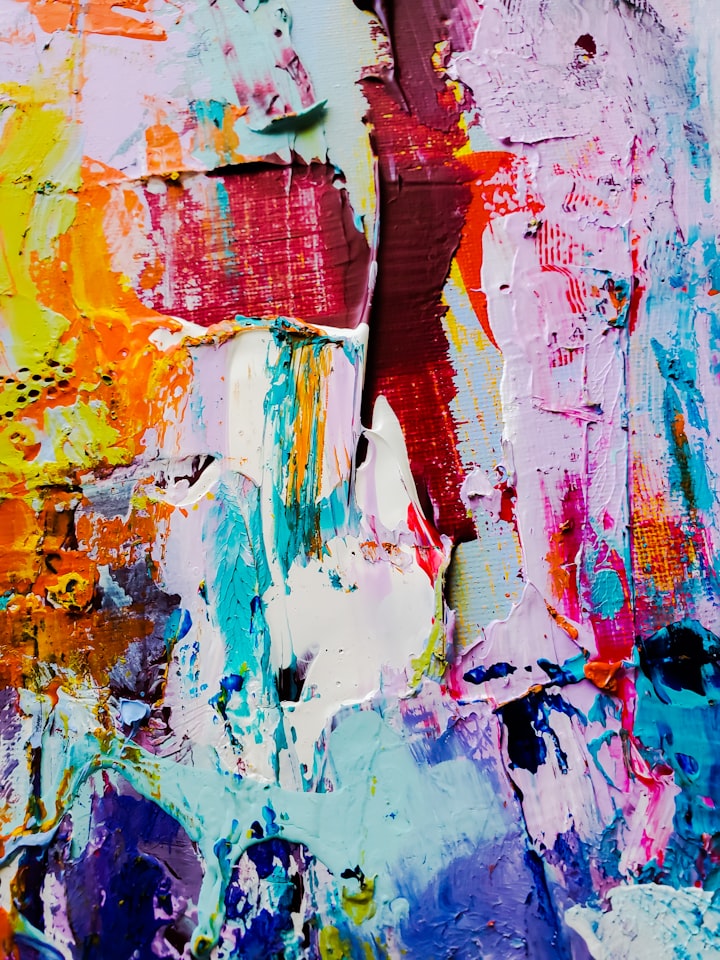Neither Psycologism nor Naturalism
Review

Lecturer not in the history of art, but in the history of philosophy at the University of Bergamo, Giuseppe Fornari proposes in this essay, “La verità di Caravaggio”, a personal interpretation of the work of Michelangelo Merisi da Caravaggio.
Confronting both some setups born from the enormous and growing notoriety of the seventeenth-century artist, and with historical criticism first and then with the recent one, he elaborates a theory that is not free from personal ideological convictions.
He starts from the assumption that “Caravaggio must be sought where he wanted to be found”, that is, in his works and, for this reason, he analyzes many of them in a detailed and technical way, starting with his early works, defined as “pre-Caravaggesque”, with their glassy transparency and the non-rejection of color, up to the last masterpieces before death.
There are two myths to dispel: psychologism and naturalism. Caravaggio is not interested in the psychology of the characters, which is why his portraits are a disappointment in this respect. He inserts the human figure into the whole of the action, he tells a fact as it unfolds, in its immediate and crude truth, without probing the soul of the protagonists and without seeking extreme contact with reality, but rather, the allusion to the religious symbol. (Fornari, in fact, traces the development of culture back to ecstatic religious experiences). The fruit basket, for example, presents corrupt knobs, in homage, yes, to the naked objectivity of what surrounds us, but also as a baroque symbol of transience, of the ephemeral, of corruption.
“The decisive sign is that of historicity, not of subjective psychologism, (which is not even the sign of the psychology of a Titian or a Velazquez, who give us back the metaphysical mystery of the incarnation unfolded in history, not insights of eighteenth or twentieth century flavor.”
Caravaggio progressively distances himself from youthful colors, borrowed from the Lombard-Venetian environment, from Titian and Tintoretto, goes through the plastic and religious experience of Michelangelo, and reaches the killing of colors, the darkening of light, lumen that darkens and condenses into a single saving ray, representative of repentance and grace (Vocation of St. Matthew).
According to Fornari, Caravaggio’s works caused discussion, disconcerted the clients and appealed to the general public for their profound religiosity and not for their brutal realism or for a “Galilean investigation” of the matter. Everything is light and symbol, in Caravaggio, even the softness of the forms, even the gestures that are plastic but rarefied, allusive. His is a Dionysian and Christological realism, which develops from the first to the last works with ever greater power, with less mannerism and more drama, thanks also to the encounter with Roman culture and the painting full of contents by Michelangelo Buonarroti. Michelangelo too is deeply religious, moral, spiritual. The figures acquire strength and are placed in reciprocal relationship, in a whole that crystallizes the action, embodies the divine action in history (Conversion of St. Paul and Crucifixion of St. Peter), illuminated by a light as sharp as a laser beam. In short, images are both allegorical and natural.
Even at the height of his fame, Caravaggio never stopped doing research, he was not satisfied with ingratiating himself with clients with some fashion work. “Ambitious, arrogant and proud, and yet the bearer of a secret light”, he had a quarrelsome, violent, melancholy temperament, obsessed with death, as it was in the spirit of the century, a death that never ceases to point out to us in every painting, in merciless way (Death of the Virgin, Burial of Saint Lucia). Death is lack, subtraction, lucid torment, the grave that engulfs us.
Then also taken up by Goya is the theme of truth. Truth understood not as materialist naturalism but as acceptance of the harsh reality of facts, exclusion of beauty, of diplomacy, of mitigation. And yet, while we relive the fact in action, we discover all its hidden symbolism, its evocative and Christological drama, its redemptive power. (Resurrection of Lazarus).
Caravaggio marked an era, he projected himself towards us also through Velasquez, Rubens and Goya himself. I conclude by saying that, perhaps, only the vision of these timeless classics of world painting can save us from brutality and the ephemeral.
“In stupid and dark years like the ones we are experiencing, we must never forget these fantastic creations, because in their heritage, in the spiritual richness they transmit to us, and that the silly chatter with which we are surrounded cannot even touch, there is it is perhaps the only hope for our future."
About the Creator
Patrizia Poli
Patrizia Poli was born in Livorno in 1961. Writer of fiction and blogger, she published seven novels.






Comments
There are no comments for this story
Be the first to respond and start the conversation.